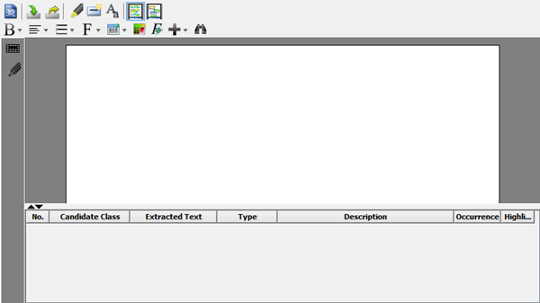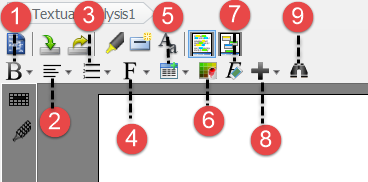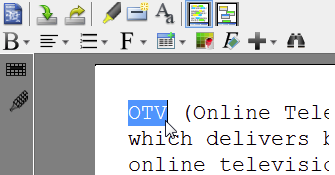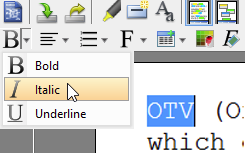What is Textual Analysis?
Before you start business process modeling, you usually have to discuss with your customers about their needs and to familiarize yourself with their company's operations as well as their problems. During the meeting you can collect useful information from customers, including the conversation log and documents. You can make use of textual analysis, a text-based editor to help recording those textual information. In addition to a plain text editor, you can identify important terms or objects (e.g. class, use case) from the problem description.
Creating textual analysis
- Select Diagram > New from the application toolbar.
- In the New Diagram window, select Textual Analysis.
- Click Next.
- Enter the diagram name and description. The Location field enables you to select a model to store the diagram.
- Click OK.
Problem statement editor
The problem statement editor is where you can record the textual information you obtain from your customers.
 |
| Problem statement editor |
All buttons on editor's toolbar are depicted in the following table:
 |
| Editor's toolbar |
|
||||||||||||||||||||||||||||||||||||||||||||||||||||||||||||
| The description of buttons on problem statement's toolbar |
Entering problem statement
Three ways of entering problem statement are provided in Visual Paradigm.
- Typing on the editor
- Importing an external text file
- Copying and pasting from an external source
To type in the editor, type the problem statement directly on the editor.
To import a text file, click Import File on the toolbar.
 |
| Import file |
When the Open window pops out, select a text file to import. As a result, the imported problem statement will be shown on the text area.
To copy and paste from an external source, press Ctrl + C on the selected text and press Ctrl + V for pasting it on the editor.
Formatting text
Since Visual Paradigm supports rich text format (RTF), you can format the problem statement on the editor, such as making it bold, italic, or inserting a table.
- To format text, highlight the target word/ phrase in advance.

Highlight OTV - Next, click a corresponding button on the toolbar. i.e. Click Italic button to make the target word italic.

Click Italic button
Related Resources
The following resources may help you to learn more about the topic discussed in this page.
| Chapter 15. Textual analysis | Table of Contents | 2. Identifying important terms |
